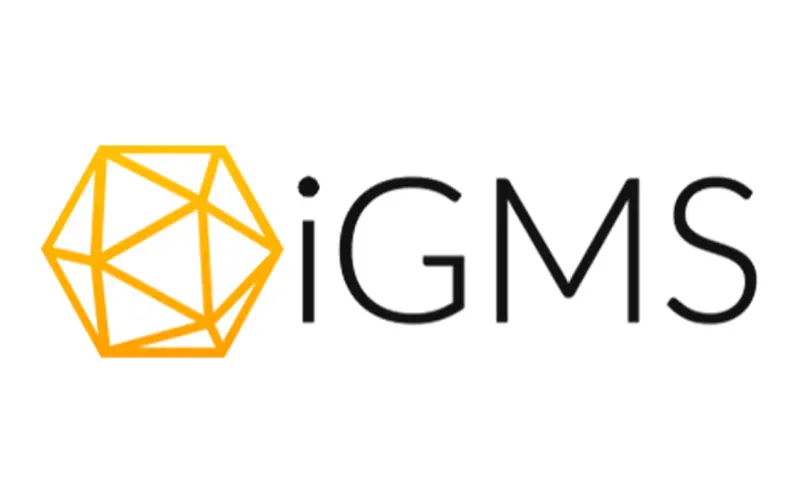Just over a decade ago, social networks changed the way we interact and opened up the possibility of making direct connections outside our immediate social circles. With the advent of smartphones, tech companies were quick to seize on this opportunity and developed a new way of doing business with sharing economy software.
How the Software Industry Adopted the Sharing Economy
Economic models are always changed by new inventions, whether it’s a train, the airplane, or the internet. For a while, the most common way to buy goods and services was to buy them directly from a company. If you needed a cab, you hailed a taxi. If you needed a hotel room, you booked a reservation.
But the ease of making apps and programming software has greatly increased in the last few years, creating incredible new possibilities for putting unused resources to work, which in times past would have just sat untapped.
Enter the collaborative economy or sharing economy, which allows you to rent out vacant properties, unload old clothing, hitch a ride, and even prevent leftovers from going to waste (if you don’t believe us, check out LeftoverSwap). The sharing economy is all about sharing resources in a peer-to-peer framework, eliminating the need to get a good or service from a corporate vendor. In the framework of the sharing economy, corporate vendors become brokers, connecting buyers and sellers around the block and around the globe.
Sharing economy software typically works through an app to pair up sellers and buyers directly, often relying on the GPS built into the smartphone to make geographically relevant connections. The environmental impact of this new business model has been huge, birthing new companies like Airbnb and Uber, and undercutting traditional economic models, with some pundits estimating that Airbnb will surpass the hotel industry in terms of consumer sales by 2020.
But while the sharing economy is mostly noted for consumer-to-consumer interactions, it’s also starting to change the business landscape with B2B solutions.
The Most Popular B2B Sharing Economy Software
Everyone, of course, is familiar with Uber, a ridesharing service that pairs up riders with drivers looking to monetize the empty seats in their car. But recently Uber has expanded its offerings with Uber Freight, a B2B sharing economy software that connects manufacturers with empty big rigs — a win-win for trucking companies and suppliers alike. Filling the empty trucks on return routes will save fuel costs, help the environment, and improve operating revenue for shippers.
Another area where sharing economy software has changed the business landscape is loans and funding. In times past, startup capitalists needed to prove their worth to a traditional bank, or connect with the right millionaires. But after several economic bubble pops, banks have become more tightfisted, and venture capitalists aren’t always easy to find. Enter peer-to-peer lending, where websites like Lending Club allow anyone to post a business plan and crowdsource funding. It’s never been easier to start a business.
The sharing economy is also changing daily business operations. Companies can outsource their payroll and HR department through solutions like Bambee and Paycom. They can even outsource work to a focused agency, or find a freelancer on a site like Upwork — and that freelancer might be renting workspace at a venue like WeWork. Sharing economy software is what powers this B2B movement.
Automated Software for Managing Short-Term Rentals
Putting your home up on Airbnb seems like an easy way to make money, but hosts will quickly learn there are a number of challenges to face, like scheduling housekeeping tasks and automating communication with guests, jumping back and forth between several platforms to manage listings, keeping track of finances, etc.
Thankfully there are software solutions that put everything into one easy dashboard. iGMS is one such tool, allowing you to coordinate guest messaging check-ins, check-outs, cleanings, and everything else in one place. Without that type of consolidated software solution, homeowners would have to juggle multiple software and apps, which could result in a loss of efficiency and revenue. iGMS also offers expert marketing tips and solutions on their blog. As hosts know, promotion, of course, is the lifeline of revenue in a sharing economy listing.
Conclusion
The sharing economy truly inspired many new software solutions. While the first wave of sharing economy software connected consumer buyers with consumer sellers, the current wave is making serious inroads into business, providing sharing economy B2B solutions that are changing the economic landscape. However, there is still so much more to automate. Consequently, the number of sharing economy software programs and apps are going to keep increasing in the upcoming decade.













